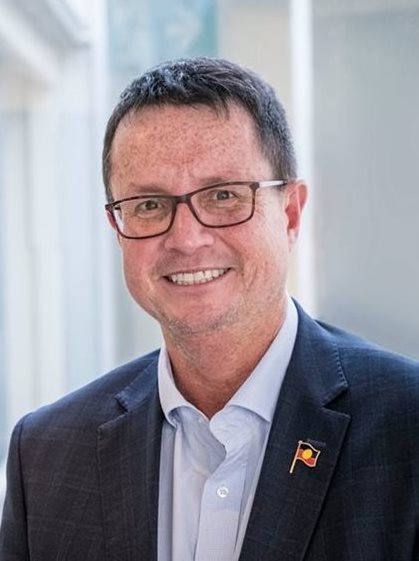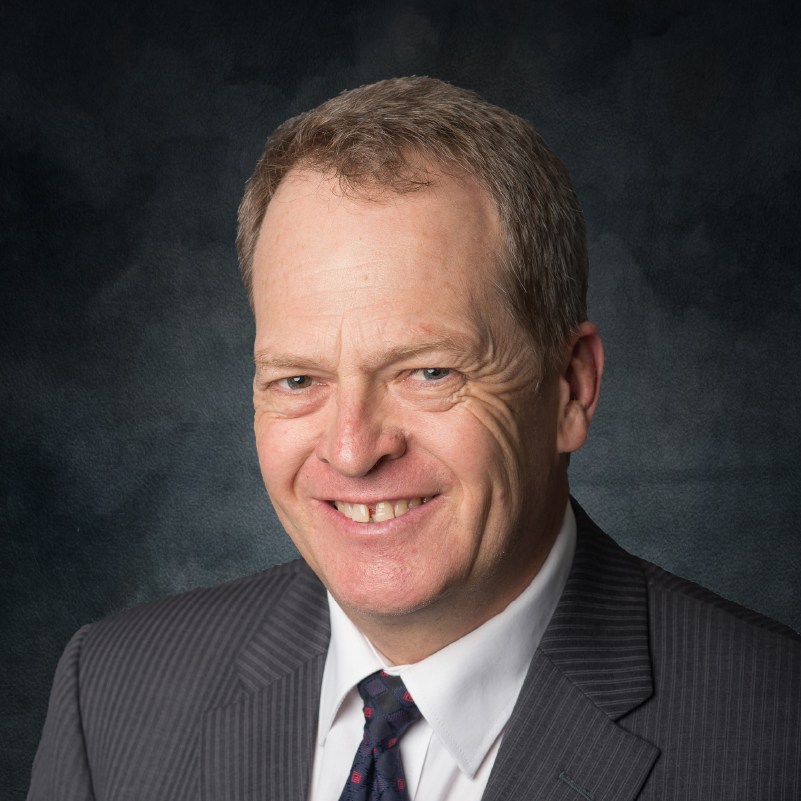Last week saw the bubbling over of a crisis that has been threatening the AMA for more than half a decade, but even to those paying attention it will have come as a shock.
To those of us on the outside, it sounds like an absurd riddle: How can you be a member of your state’s AMA branch, but not of the federal AMA?
Yet that is precisely the situation as of 1 March of about 5000 doctors in Western Australia, whose local AMA branch is no longer part of the national body .
Confirmation arrived last week in the form of an email alerting WA members to “the upsetting news” that their membership had ceased with the federal AMA.

Prof Steve Robson
The letter, signed by AMA president Professor Steve Robson and the entire federal board, blamed the AMA WA for abandoning the long-standing practice of collecting federal dues with state fees for forwarding them on.
As a result, there was no avenue for WA doctors to be ordinary AMA members, the letter said.
It said the AMA continued to recognise WA memberships until February 29, hoping it could convince the WA board to reverse its decision, but negotiations failed.
“These negotiations were extensive and involved multiple trips to WA by our senior leadership team. We also offered to enter mediation on multiple occasions,” the letter said.
“Our understanding is that this decision is a result of the financial situation that has been developing in WA over the past few years.
“As a membership organisation, the AMA WA Board is accountable to you for its decisions. In effect, the AMA WA Board has charged the same fee for reduced services and representation.”
Long running fee saga
Internal ructions are nothing new at the AMA, nor is conflict between the federal body and its state and territory branches over money.
Indeed, tensions spilled over back in 2021, when the AMA’s Victorian branch began offering an “associate membership”, at a 40% discount over the ordinary fees at the expense of federal membership.
This worked under the principle that around half of the membership fees are usually transferred to AMA Federal, but this “moiety” was not paid for doctors who took out an associate membership.
The national body was understandably unhappy and AMA Victoria eventually ditched the option in exchange for a renegotiated fee sharing arrangement.
But tensions remain amid concern that the Federal AMA’s budget, rumoured to be in the order of $12 million annually, is becoming simply too high for dwindling state memberships to support.
